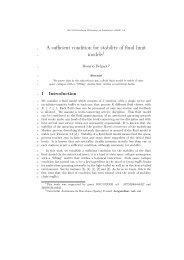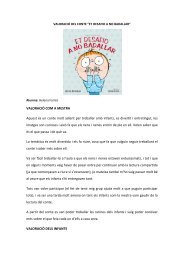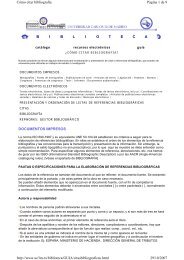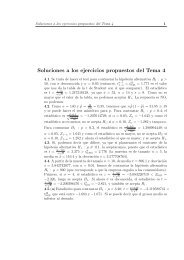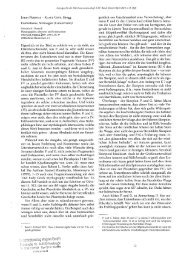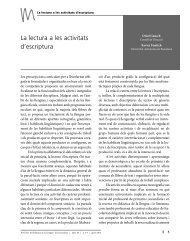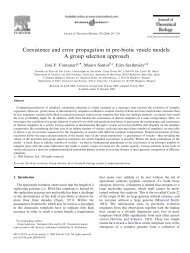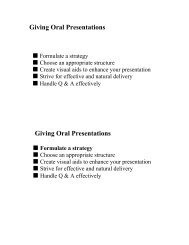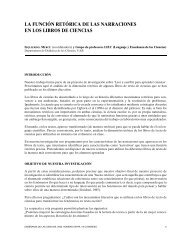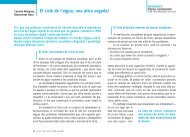please do not cite without permission from the authors
please do not cite without permission from the authors
please do not cite without permission from the authors
You also want an ePaper? Increase the reach of your titles
YUMPU automatically turns print PDFs into web optimized ePapers that Google loves.
several writers as evidence of <strong>the</strong> EU’s lack of political willingness to searchfor models more in accord with <strong>the</strong> interests of <strong>the</strong> ACP countries (Faber andOrbie, 2009; Mold, 2007, Hurt, 2003).None<strong>the</strong>less, at <strong>the</strong> end of 1998 <strong>the</strong> process of negotiation began which wouldgive birth to <strong>the</strong> Cotonú Agreement. In <strong>the</strong> negotiations <strong>the</strong> EU pressedstrongly for a major reorientation of previous agreements towards a new onebased on reciprocal liberalization of trade, as a way of improving <strong>the</strong> efficiencyand competitiveness of <strong>the</strong> productive systems of <strong>the</strong> ex-colonies and <strong>the</strong>ircapacity to participate in <strong>the</strong> world economy. Para<strong>do</strong>xically, <strong>the</strong> standpoint of<strong>the</strong> representatives of <strong>the</strong> ACP countries was very different. They alwayspressed for extending <strong>the</strong> old model as long as possible and, if this was <strong>not</strong>feasible, <strong>the</strong>y supported flexibility on <strong>the</strong> most sensitive questions in <strong>the</strong> newagreement and for a period of transition which would minimise <strong>the</strong> traumaticnature of an adjustment to <strong>the</strong> new regime (Hurt, 2003; Hartzenberg, 2000;Gibb, 2000; Zhuawu, 2000).The leading role of <strong>the</strong> European Commission's DG Trade over <strong>the</strong> DGDevelopment in <strong>the</strong> negotiation of EPAs, also helps to understand <strong>the</strong> biasedand restrictive approach of <strong>the</strong> EU throughout this process (Hurt, 2009 ). Inthis way, all seems to be resulting in unwillingness to accommodate <strong>the</strong>interests and concerns of ACP countries, and AS more specifically, in <strong>the</strong> finaloutcome of <strong>the</strong> negotiations for <strong>the</strong> new model (Goodison, 2009).In June 2000, 18 months after <strong>the</strong> start of negotiations between <strong>the</strong> two sides,<strong>the</strong> Cotonú Agreement was signed. It was designed as a substitute for <strong>the</strong>regulatory framework in force during <strong>the</strong> previous 25 years. The Agreementextended <strong>the</strong> Lomé preferences on a temporary basis up to <strong>the</strong> end of <strong>the</strong>negotiations on <strong>the</strong> EPAs, expected to be reached by <strong>the</strong> end of 2007. Thebasic change was that <strong>from</strong> <strong>the</strong> old trade regime of unilateral preferences toone of reciprocal preferences, under which trade liberalization would occur inboth directions through <strong>the</strong> setting up of free trade areas. This was consistentwith <strong>the</strong> method of open regionalism which was mentioned at <strong>the</strong> beginning ofthis paper. The new method was seen as a way of formally tying Europe withits historical areas of influence, in a context in which European countries see<strong>the</strong>mselves as in some measure threatened by some of <strong>the</strong> emergent8




